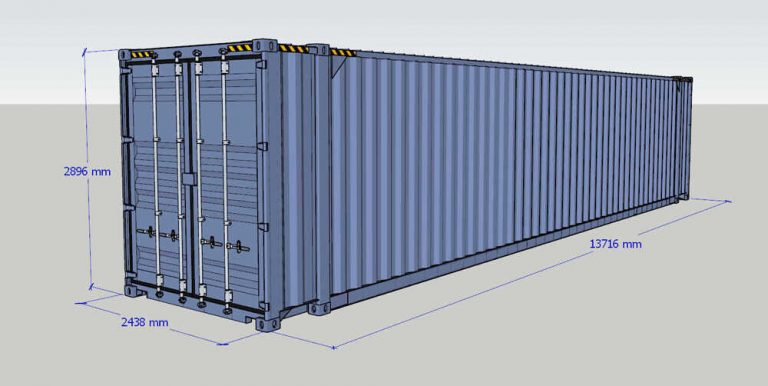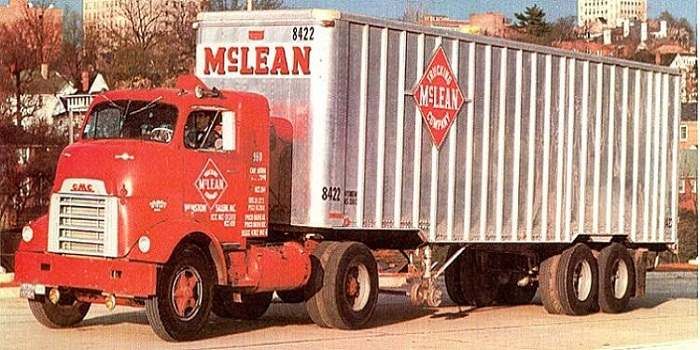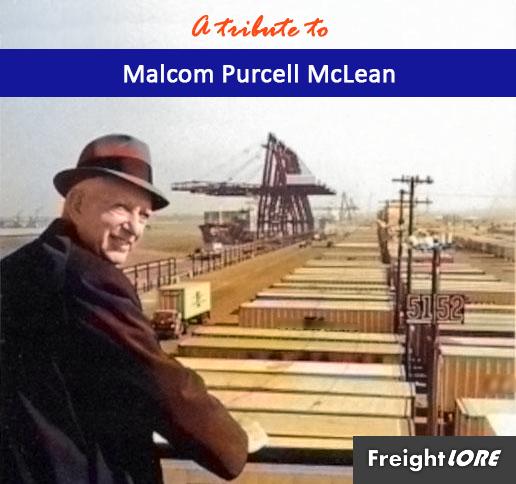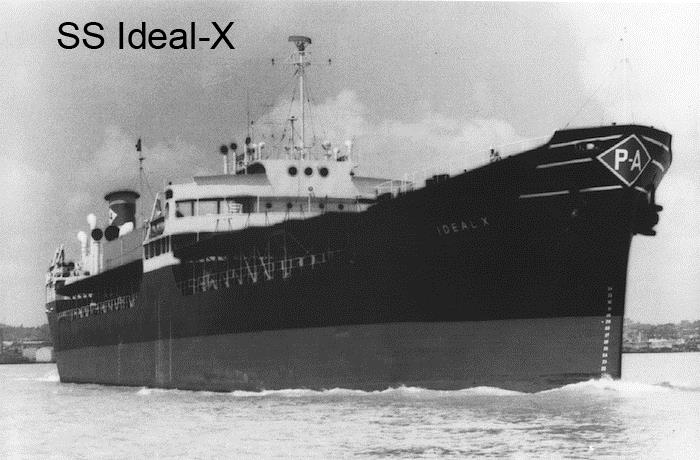What is The Container ?
Container is a rectangular box made of steel, used to transport goods by land or sea. Container capacity is measured in TEU (Twenty-Foot Equivalent Units) – Units equivalent to 20 feet (1 foot = 0.3048 m). Therefore, people usually call a 20 feet container 1 TEU. For this reason, a 40-foot container would be equivalent to 2 TEU, and the 45-foot container variant is also referred to as 2 TEU.

According to the definition of the International Transport Association, a container is a multimodal freight system using ISO-standard containers to arrange on container ships, train wagons, specialized trucks …
A cargo container is a transport tool with the following characteristics:
– Durable and sturdy enough for repeated use
– Equipped with equipment to allow convenient loading and unloading, especially when switching from one mode of transport to another.
– Specially designed to be able to transport goods by one or more different modes of transport (train, train, special truck) without having to be unloaded and closed along the road
– Designed for easy loading in and out of containers
It is common practice to see the term international standard containers (ISO containers), which are cargo containers (as mentioned above) that comply with all relevant ISO standards on containers that are in effect at the time of container manufacture. .
The History of The Container :
Malcolm Purcell McLean (November 14, 1913 – May 25, 2001). He was an American shipping businessman who developed a modern multimodal shipping container, revolutionizing sea transportation and international trade in the second half of the twentieth century. Container use significantly reduces the cost of transporting goods by eliminating the need to process pieces of cargo many times, while also improving reliability and reducing theft of goods. and cut inventory costs by shortening shipping times. Today, up to 90% of goods are transported by containers, which can be said that containers are one of the elements of the Logistics revolution.

In the early 1950s, McLean decided to attempt use of the containers commercially. By 1952, he was developing plans to carry his company’s trucks on ships along the U.S. Atlantic coast, from North Carolina to New York. It soon became apparent that “trailerships”, as they were called, would be inefficient because of the large waste in potential cargo space on board the vessel, known as broken stowage. The original concept was modified into loading just the containers, not the chassis, onto the ships, hence the designation container ship or “box” ship. At the time, U.S. regulations would not allow a trucking company to own a shipping line.

On April 26, 1956, the SS Ideal-X, one of the converted tankers, was loaded and sailed from the Port Newark-Elizabeth Marine Terminal, New Jersey, for the Port of Houston, Texas, carrying fifty-eight 35-foot (11 m) Trailer Vans, later called containers, along with a regular load of liquid tank cargo.


In 1956, most cargoes were loaded and unloaded by hand by longshoremen. Hand-loading a ship cost $5.86 a ton at that time. Using containers, it cost only 16 cents a ton to load a ship, 36-fold savings. Containerization also greatly reduced the time to load and unload ships. McLean knew “A ship earns money only when she’s at sea”, and based his business on that efficiency.



